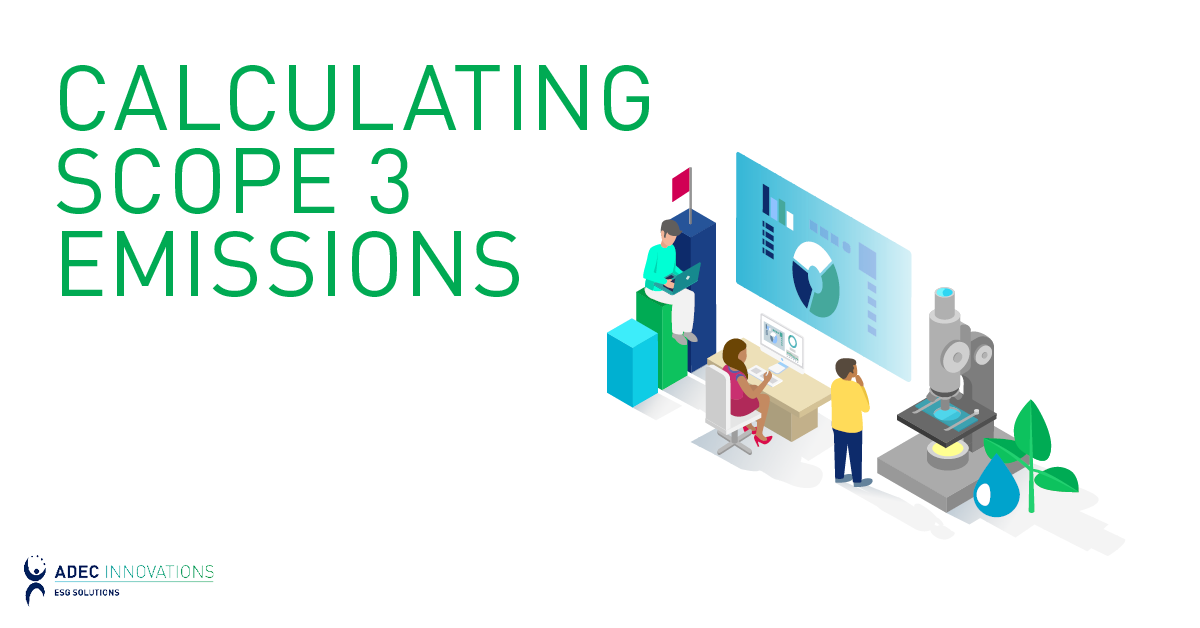Sub-Metering – Effective Energy Management With Cost Reduction
Each month, every building receives an electricity bill. Although the payment of this bill is vital for a company to continue operating, it contains numerous tidbits of information that are entirely useless to the reader. For instance, “Regulatory Asset Recovery Rate Rider” is provided on the bill, but what does this mean to a restaurant owner? What value does your electricity invoice provide you except a payment amount and due date? One thing about electricity and other utilities, unlike anything else we purchase, is that we pay for utilities after we have consumed them, without knowing how much we consumed. Deploying an electricity sub-metering system will help you understand where your electricity costs are coming from and help make sense of your bill and why you are paying so much.

By Iain Robertson
February 28, 2013
Each month, every building receives an electricity bill. Although the payment of this bill is vital for a company to continue operating, it contains numerous tidbits of information that are entirely useless to the reader. For instance, “Regulatory Asset Recovery Rate Rider” is provided on the bill, but what does this mean to a restaurant owner? What value does your electricity invoice provide you except a payment amount and due date? One thing about electricity and other utilities, unlike anything else we purchase, is that we pay for utilities after we have consumed them, without knowing how much we consumed. Deploying an electricity sub-metering system will help you understand where your electricity costs are coming from and help make sense of your bill and why you are paying so much.
Most large companies have electricity metering and monitoring equipment. The reason is simple; one single motor may cost, for example, $100 a day to operate and if there is a motor this large, you can bet there are many more! Metering and monitoring helps manage all of the equipment, beyond the cost to operate it. When something goes wrong, the circuit will alert the system long before the users know there is something wrong. This will prevent thousands of dollars in repair costs and down-time!
Today, metering has become affordable and understandable for small and medium sized business owners. A mix of technologies has come together into a system of current transformers that leverage wireless networking to transmit energy usage data over the Internet. Circuit by circuit, electricity usage is tracked and monitored in what is commonly known as an EMIS (Energy Management Information System). Once the system is installed and all the equipment, lighting, motors and other energy consuming devices are indentified in the EMIS, you will know exactly which circuits have the greatest loads and at what times. Being able to identify your electricity loads better enables you to prioritize and implement the energy conservation measures that will be most effective for your organization.
Heating and cooling generally represent 30-40% of energy consumed in most commercial buildings. Deploying an EMIS will provide you with the tools to better manage your heating, ventillation, and air conditioning (HVAC) equipment. You will be able to identify items such as: maintenance issues, failed or failing equipment, normalizing costs for temperature and other business variables, as well as identify operational improvements (e.g. setbacks, re-commissioning, etc). Energy monitoring of HVAC systems will create savings opportunities and energy cost reductions of anywhere between 5% and 30%.
EMIS and their related analytics tools also allow the capability to enable operational alerts that are driven by energy consumption. By understanding normal energy consumption and configuring alerts in the EMIS, you have the ability to enhance operational control and reduce significant cost risks associated with equipment damage and safety. Normally, you will find out if a pump or motor has an issue only when it fails. Alerts from your EMIS can provide additional information that would lead to some preventative maintenance well before a failure, saving on costly repairs and down time.
To illustrate this point, imagine your sewage pump fails and as Murphy's law would have it, it’s going to happen on the busiest day of your year. What do you have to go through to get the pump fixed? What other issues would this pump failure cause you and your business?
If you had an EMIS with operational alerts, your system would have sent you an email or SMS alert advising that the pump’s energy consumption had exceeded a normal threshold. You would then be able to schedule appropriate maintenance. Substantial costs and inconvenience would have been eliminated!
So, the next time your electricity bill arrives, put yourself in control… compare your costs with your sub-metering solution/EMIS. Your electricity costs can definitely be in your control. Click below to discover how FirstCarbon Solutions can help you learn more about EMIS.
Did you enjoy this post? The author of this article is Iain Robertson. Learn more about him here.
Related Articles
Carbon Management, Environmental Issues, Energy
By Tyanna Bui on November 2, 2021
Carbon Management | GHG Emissions
By Sharolyn Vettese on December 4, 2018
Environmental Planning | Energy | GHG Emissions | Carbon Tax | Cap and Trade
By Steve Paff on August 28, 2018
Air Quality | Sustainability | Energy | FCS | CSR
Be a sustainability leader.
Our team supports you no matter where you are on your Sustainability Journey. Talk to us today to learn more.





